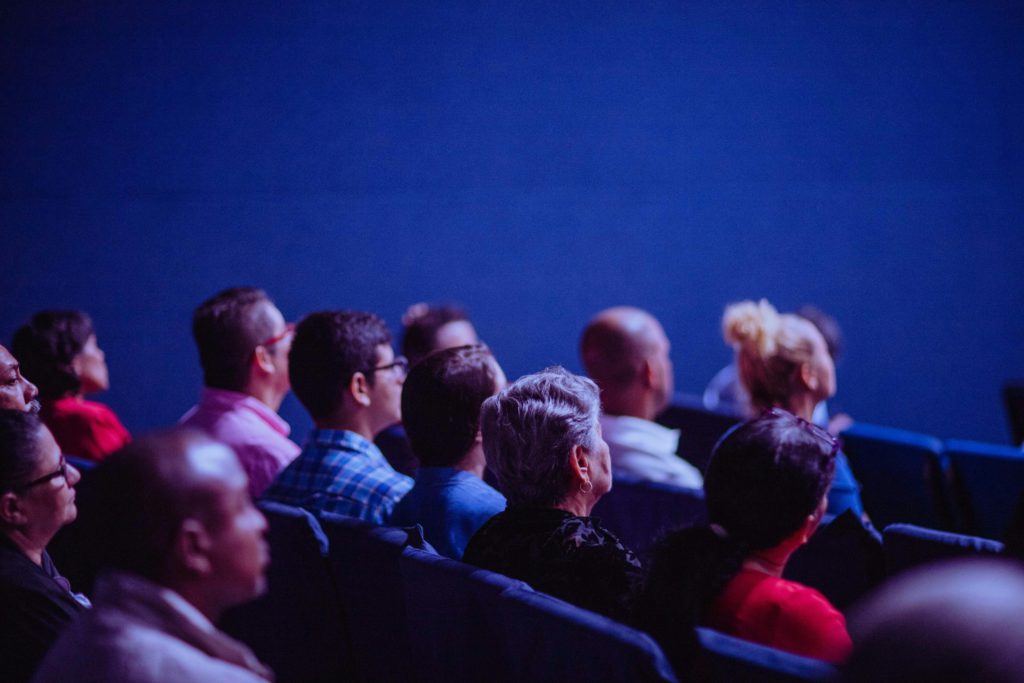Immersed in a global pandemic, with no end in sight, the labour market is adapting to this new reality and, according to the World Economic Forum (WEF) report “The Future of Jobs 2020”, changing much more quickly than initially anticipated. Companies started by introducing home office policies, then implemented security measures for a gradual return to the offices and, among masks, disinfectant shoe mats and biometric punch-in systems, the challenges keep coming up.
Recruitment is now done fully online. Training has also shifted to the cloud, using solutions that are both creative and flexible; and the learning process is increasingly autonomous.
Learning & Development is acquiring an importance that goes far beyond the legal requirement for a minimum of training hours (in some countries). It is becoming a process that is more focused on the market needs, flexible and, above all, company strategy. But is investing in a learning & development strategy a priority for organisations looking into 2021?
Maintaining or adjusting. Stopping to invest is not an option.
Sara Gorjão, HR and Talent Manager at tb.lx, has no doubts about the importance of this area as a strategic lever to overcome the crisis. “At tb.lx, the budget allocated to training will not be reduced”, she says. “At the end of each year, we evaluate how this budget was used and whether we need to invest more”, she explains, adding that the Learning & Development strategy is seen as a “pillar that sustains and mobilizes the company’s progress” and that under no circumstances can it be “neglected”.
Galp also plans to maintain the employee learning and development budget. “We have a different format of actions and topics, but we do not foresee any budget decrease”, reveals Sandra Rebelo, Learning & Development Director at Galp.
On the other hand, Kalpna Kirtikumar, People Director at Talkdesk, believes that there will be a “need to adjust budgets”, anticipating a lower investment in a first stage, taking into account the restrictions on the circulation of people and the greater focus on online training. However, and as the situation evolves, the investment may grow again to respond to the need for innovation.
“With or without a crisis, there must be a Learning & Development strategy.”
What is shared by all three HR thought leaders is that “with or without a crisis, there must be a Learning & Development strategy”. Kalpna Kirtikumar recalls, however, that investment must always be determined by the business, that is, “the state in which the business is, or how it was affected by the crisis, cannot be ignored”.
“If the business is highly affected by a crisis, any of the areas in which we are investing will be affected. It has a lot to do with what the company’s strategy is”, Kalpna points out. “If my strategy is to have no financial loss, I will have a more conservative attitude. I will not stop investing in Learning & Development, but I will not invest at the same scale I wanted, or I will do it in a less expensive way, with internal resources, for example”, adds Talkdesk’s People Director.
Whether in a more conservative or ambitious way, stopping to invest in employee learning & development or not seeing this issue as a priority is definitely not an option. According to Deloitte’s “Global Human Capital Trends” survey, for 86% of the surveyed companies, it is critical to improve their Learning & Development strategy. At the same time, about 90% of respondents say that their organizations are redesigning jobs, admitting that it will be necessary to follow and evolve with the company.
Tb.lx started to prioritize the Learning & Development strategy in the first quarantine period. “In the Talent Acquisition department, due to the circumstances of social and economic uncertainty, we decided to redirect our efforts towards retaining, training and developing the human potential within the organization versus recruiting new employees”, recalls Sara Gorjão.
New topics, autonomy and flexibility
With remote work and the consequent challenge of creating boundaries between work, learning and personal life, Kalpna Kirtikumar agrees that the biggest investment will be in the time allowed by organisations dedicated to professional development. “Setting aside some time for training without leaving the same space where you work and live, as well as maintaining a learning routine continuously, will be a cost of opportunity that companies will have to take more seriously”.
Learning topics are also adapting to the new work dynamics, now very focused on the balance between personal and professional life, remote leadership and, of course, on digital transformation.
“We didn’t go back to learning topics we were working on in the past. (…) We started to concentrate on agility, focus on results, digital… People want to be part of the new World, they realize more than ever that they need to be prepared for something else”, says Galp’s Learning & Development Director.
Those who are more proactive and looking for training opportunities are more motivated by nature and aware of the need to keep up with technology shifts and do it more autonomously. However, as for those employees who are less proactive, it is up to the organization to “understand their profile and, together, create a tailor-made learning & development plan”, claims Sara Gorjão, adding that the organisation always has a driving role in Learning & Development tactics in order to provide the openness, support and tools needed for employees to push forward their career paths.
We are makers of futures!
https://future.works/






0 Comments